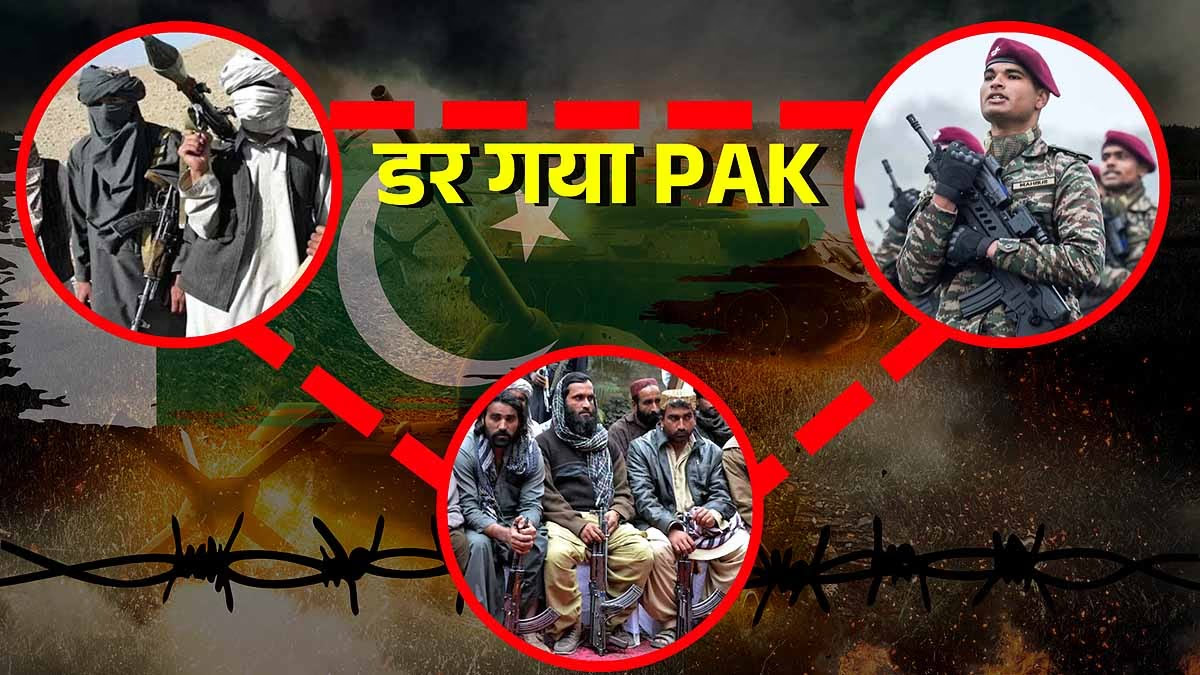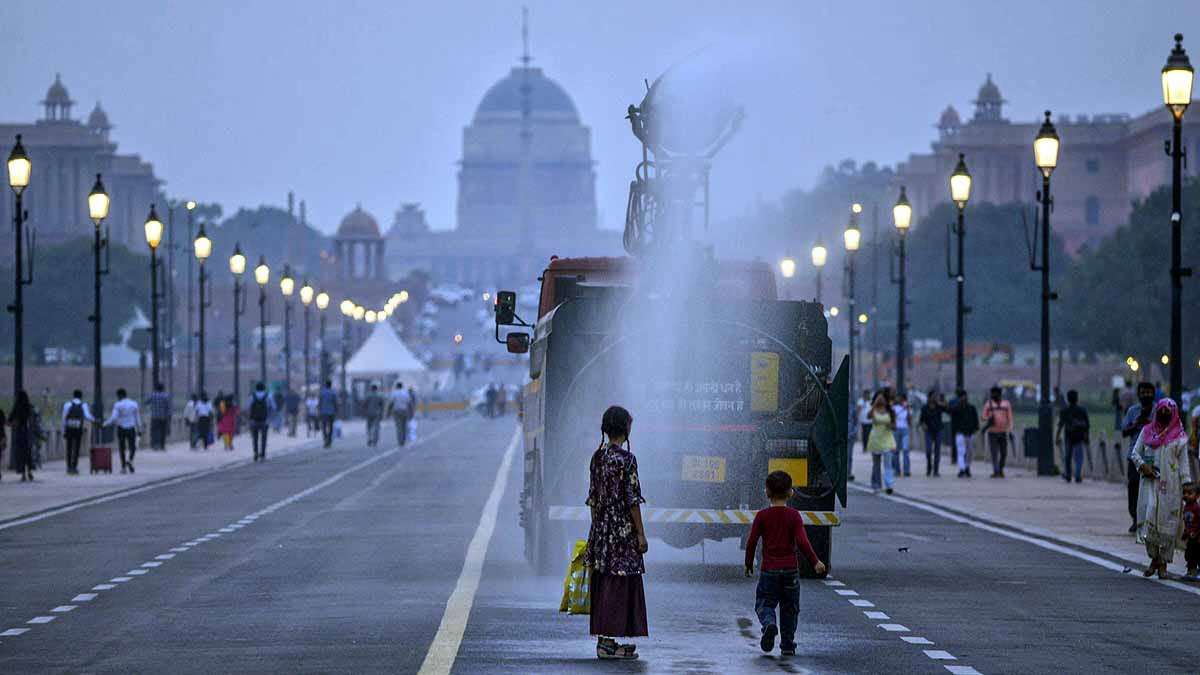Recently, India and Pakistan found themselves locked in a brief four-day conflict, which has now seemingly reached an uneasy peace. What began as a strategic military action by India has left Pakistan scrambling to mend its reputation. Pakistan’s hopes for China’s intervention to entangle India in a dreaded two-front war went unanswered. Now, Pakistan is haunted by the specter of a three-front conflict looming.
After facing setbacks during Operation Sindoor against India, Pakistan sought to repair its image with global diplomacies. Endorsement from former U.S. President Donald Trump led to improving U.S.-Pakistan relations, reduced tariffs on Pakistani goods, and an invitation to participate in Trump's Middle East peace plan.
Read More: Strike Inside Pakistan in 4 Minutes, 25% of China Within Range... BrahMos-2 Missile Development Soon
Analysts argue that Pakistan appears to be in a strong geostrategic position. However, reality presents a complex picture, especially why Pakistan's conspiracies against India fell flat. Now, a three-front war threatens to be a nightmare for Pakistan. What are the impacts of these conflicts, and why is the Pakistani government sleepless with concerns?
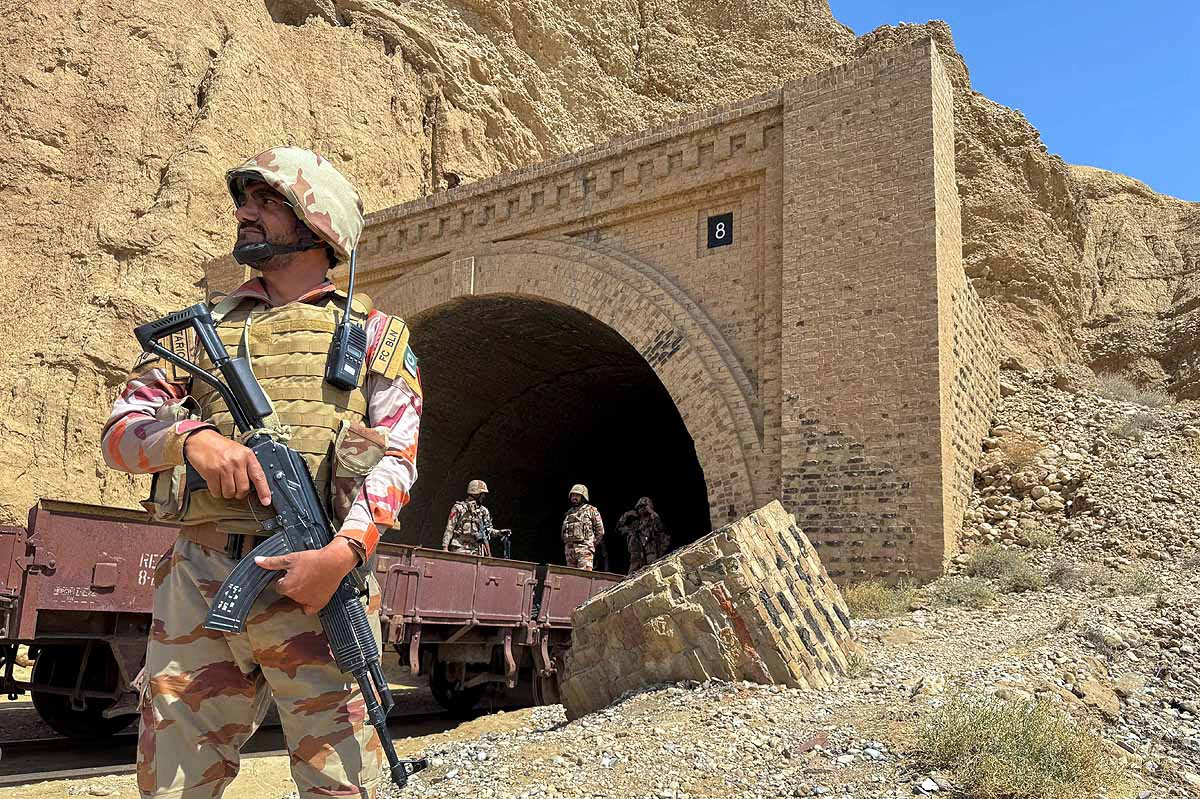
Source: aajtak
The concept of a dual-front war offers stark challenges. Imagine a nation battling two adversaries simultaneously. For India, these adversaries are the significant neighboring forces of Pakistan and China, sharing a deep alliance as 'all-weather friends.' This companionship has long sparked apprehensions of a simultaneous assault on India from two fronts, potentially debilitating its military capabilities.
Plans concocted by Pakistan and China have repeatedly attempted to stir conflict. Post the Balakot incident in 2019, Pakistan provoked India, while China escalated border tensions. Even during the May 2025 conflict, Pakistan anticipated Chinese solidarity following India's strike. Yet, these ploys faltered. But why?
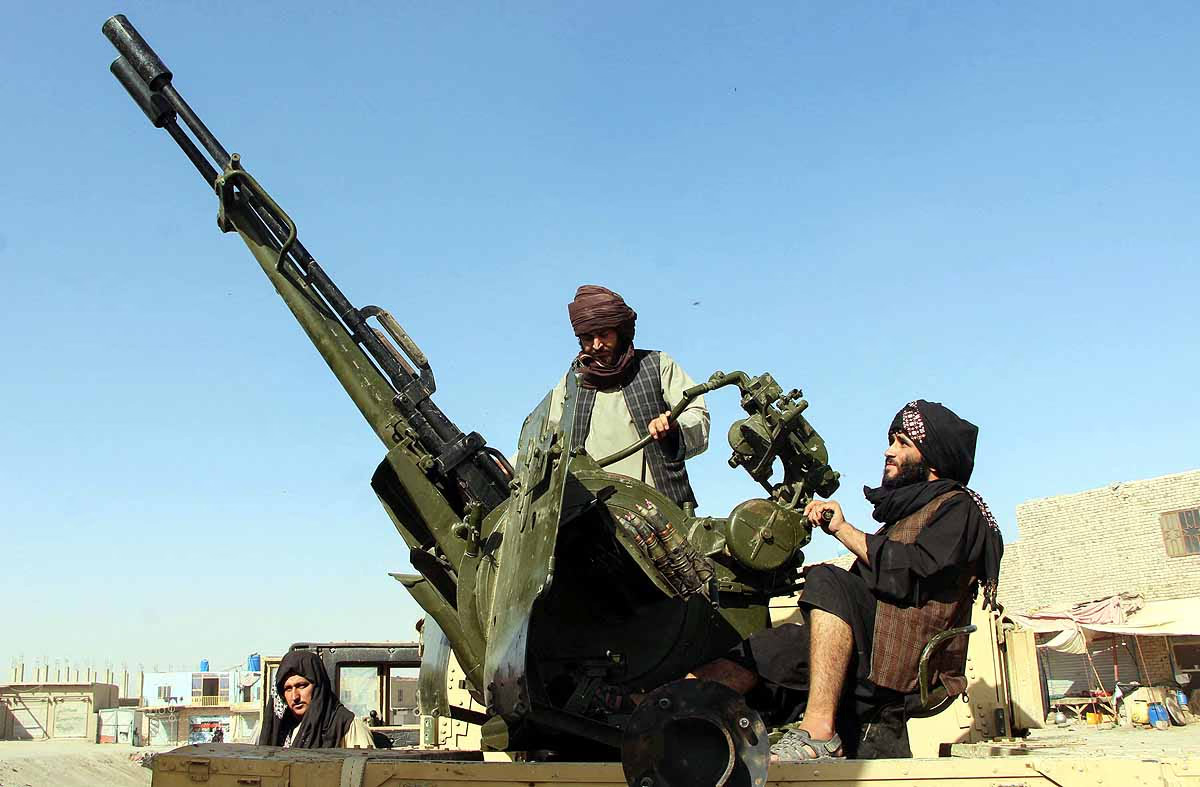
Source: aajtak
India's Strength: India has modernized its defense forces and emerged ready to confront both fronts, as evidenced by brief skirmishes in 2019 and 2025, quelling Pakistan's hopes.
Political Pressure: The formidable leadership of Prime Minister Narendra Modi compels Pakistan to keep retreating. Displaying himself as a 'strong leader' in domestic politics meant never backing down.
International Shifts: The U.S. has become a closer ally to India. Trump's praise was a fleeting boon for Pakistan—India's economic and military prowess far surpasses Pakistan's grasp.
The Outcome...
Failed dual-front conspiracies left Pakistan envisioning itself encircling India. Instead, it now wonders about the realities of its own exposure to a triple-front war scenario.

Source: aajtak
Considering a three-front war is grim—picture a nation encircled from the east, west, and within. For Pakistan, these threats materialize as follows...
Eastern Front (with India):
An old adversary steeped in disputes over Kashmir, border conflicts, and terrorism tensions. The 2025 conflict was an extension of these issues. Pakistan fantasizes about defeating India, but what's proven is that neither side prevails definitively.
Check Out: President Droupadi Murmu Photographed with Squadron Leader Shivangi, Exposing PAK's Blunders
Western Front (with Afghanistan):
This poses a novel headache. Afghanistan's Taliban government termed the Pakistan-Afghan boundary as a 'fictitious line' and desires secession of Pakistan's Pashtun regions like Khyber Pakhtunkhwa. The Tehrik-i-Taliban Pakistan (TTP) launches attacks from Afghanistan.
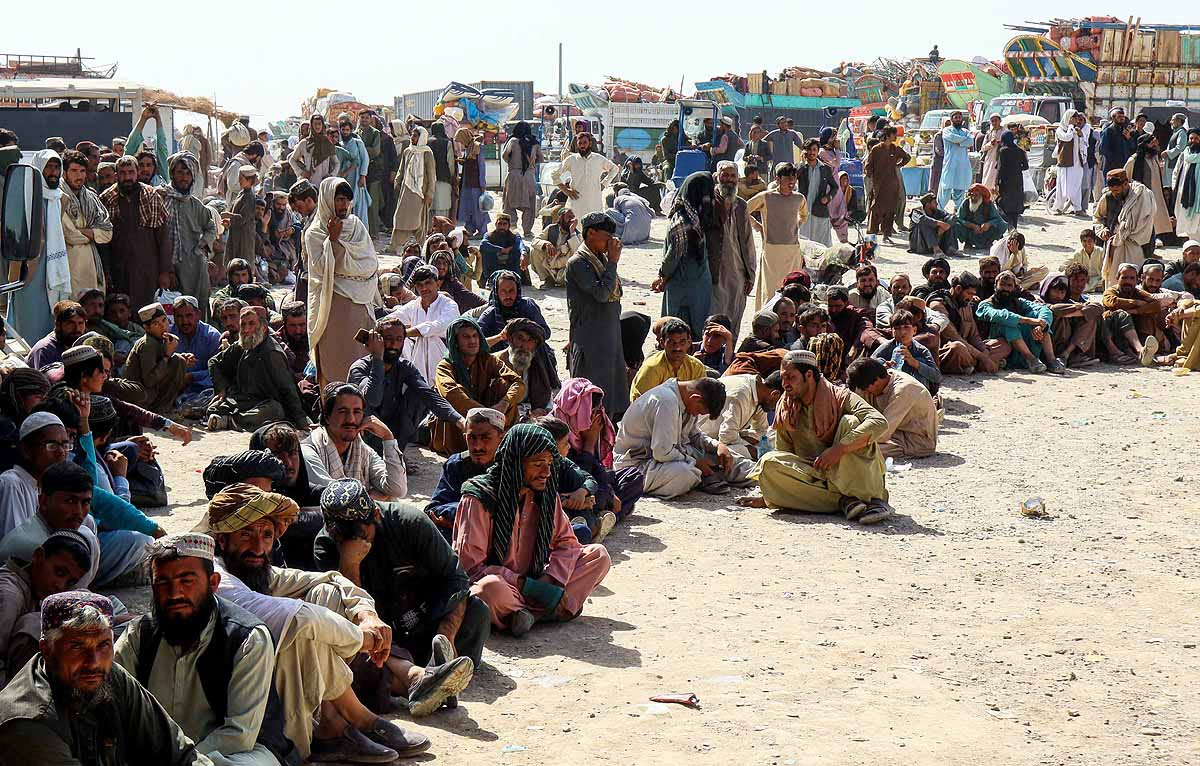
Source: aajtak
Pakistan’s counterstrikes invited Taliban retaliation. Mediations by Qatar and Turkey offered marginal peace, yet the TTP remains entrenched in Afghanistan. Afghanistan is unstable, akin to a wilderness with no clear victors or vanquished. However, constant skirmishes sap Pakistani military might.
Internal Front (Internal Strife):
Particularly perilous, internal conflict arises from Balochistan and Khyber Pakhtunkhwa rebellions. The Baloch desire sovereignty, and India is accused of supporting them. Groups like TTP thrive in Khyber. Economically, instability reigns—plaguing unemployment, poverty, and political misconduct with the military's pervasive grip on power, suppressing dissent harshly.
These fronts interlink. Afghanistan seeks India’s hand, and domestic insurgents appeal to overseas allies. Pakistan grapples with limited resources—financial insufficiency and economic frailty mean it cannot withstand a three-front military challenge.
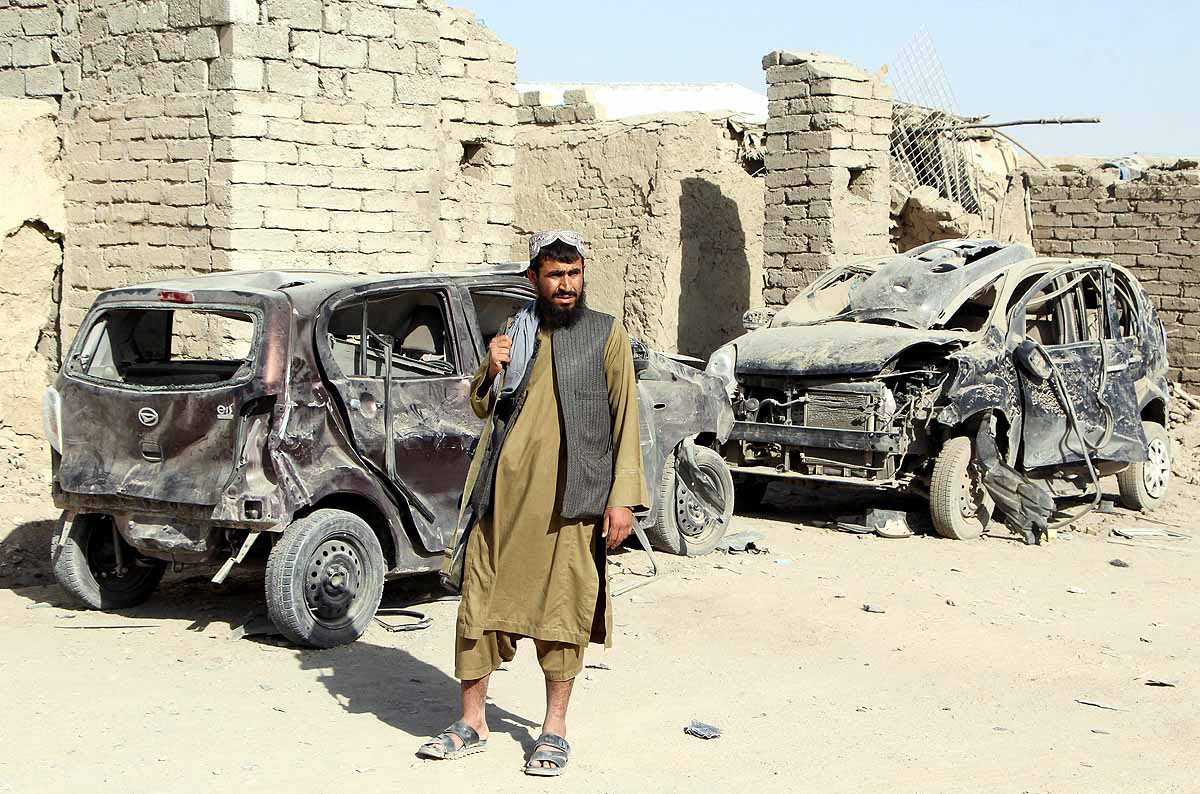
Source: aajtak
The dread of a three-front threat seems insurmountable because it threatens Pakistan's very existence...
Military Fatigue: Deployed towards India in the east, Afghanistan in the west, and internally in Balochistan, Pakistani soldiers tire, depleting arms even under minor engagements.
Economic Ruin: War drains financial resources. Pakistan already wallows in debt. Temporary aid from the U.S., fueled by Trump's praise, won't endure. Poverty and unemployment ignite civil unrest.
Political Instability: Vulnerable governance accompanies military dominance. Politically contentious elections stir public streets. Remember Eastern Pakistan (now Bangladesh)—an illustration of separation in 1971.
Humanitarian Damage: Thousands of lives vanish among military and civilians alike. Educational interruptions are widespread, and healthcare sectors debilitated amplify the turmoil in Balochistan and Khyber.
International Isolation: Globally perceived as terror-affiliated, Pakistan contends with UN reports listing TTP. Although Saudi affiliations bolster its stance, pressure mounts as India, the U.S., and Afghanistan cultivate an encircling diplomacy.

Source: aajtak
Experts contend that conflicts generally cease under 'mutually hurting stalemate' where both sides find no merit, only loss in continued combat. Unfortunately, such a scenario eludes Pakistan's current battles. Claiming 'victory' persists, perpetuating flat-line feuding.
Pakistan envisions itself conquering all fronts—silencing internal dissent, punishing Afghanistan, and provoking India. Yet, this reflects a 'Nash equilibrium' of strategies unchanged amid collective failures. True resolution lies in dialogue, confronting domestic grievances with solutions offering employment and education.
Strike an agreement over Afghan borders. Revive peace talks with India. Political complexities quagmire these visions. Though Trump's commendations are a boon, it's akin to a lottery win—a fortuitous fluke, not the fruit of strategy. Pakistan's fears of a tri-front menace emerge as existential peril; if India can dismantle dual-front threats, Pakistan finds itself in desperate need to dodge its multi-frontal danger.
